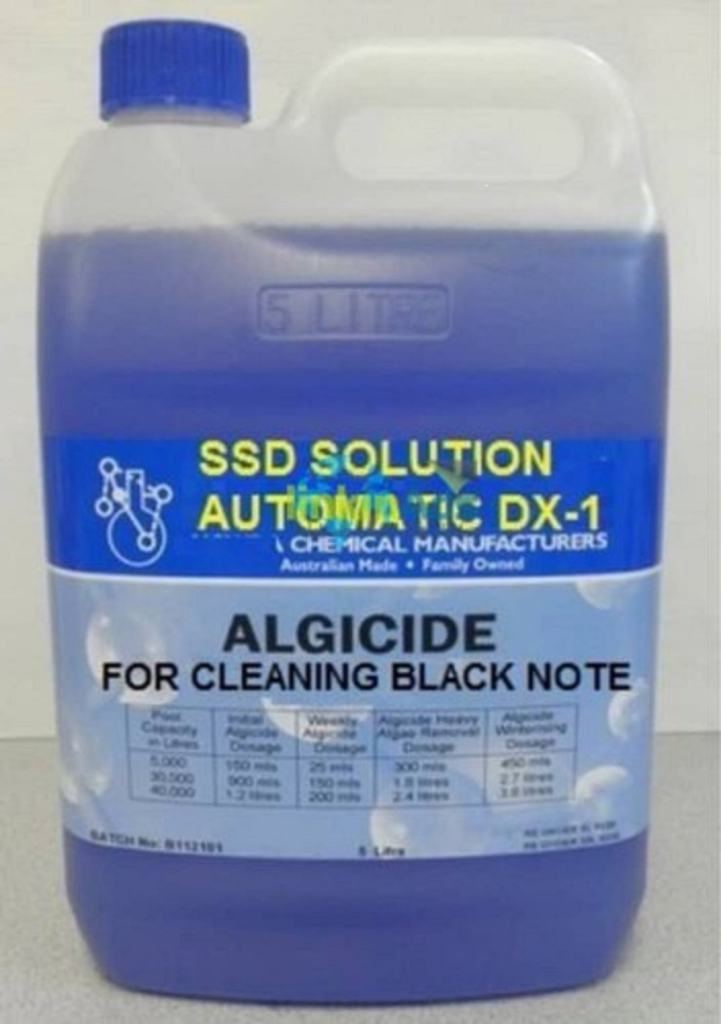Ssd Chemical Formula Code, In the world of chemistry and materials science, the term “SSD chemical formula code” often comes up in discussions about solid-state devices, chemical notation, and molecular modeling. While it may sound complex, the concept is fairly approachable once broken down.
What is SSD in Chemistry?
SSD can refer to several things depending on context, but in chemistry and materials science, it is commonly associated with Solid-State Devices or Solid-State Diffusion. These involve the arrangement of atoms in a solid material, often represented using a chemical formula code that simplifies complex structures into readable notations.
The Role of Chemical Formula Codes
A chemical formula code is a shorthand way to represent the composition of a substance. For example:
- H₂O represents water, with two hydrogen atoms and one oxygen atom.
- NaCl represents table salt, containing sodium and chlorine in a 1:1 ratio.
When it comes to SSD materials, chemical formula codes often describe complex compounds, such as semiconductors (e.g., GaAs for Gallium Arsenide) or metal oxides used in batteries (e.g., LiCoO₂ for lithium cobalt oxide). These codes provide a clear, standardized way to identify the elements and ratios in a material, which is crucial for research and manufacturing.
Examples of SSD Chemical Formula Codes
- Gallium Arsenide (GaAs)
- Used in LEDs, solar cells, and high-speed electronics.
- The chemical formula code “GaAs” indicates a 1:1 ratio of gallium to arsenic atoms.
- Lithium Cobalt Oxide (LiCoO₂)
- Commonly used in rechargeable lithium-ion batteries.
- The code indicates 1 lithium atom, 1 cobalt atom, and 2 oxygen atoms per formula unit.
- Zinc Sulfide (ZnS)
- Utilized in optical devices and phosphorescent materials.
- The formula code clearly shows the 1:1 atomic ratio of zinc to sulfur.
Why Understanding SSD Chemical Formula Codes is Important
- Material Design: Scientists can predict the physical and chemical properties of a material based on its chemical formula.
- Research Communication: Using standardized formula codes allows researchers worldwide to understand and reproduce experiments.
- Industrial Application: Chemical codes are critical in manufacturing semiconductors, batteries, and other solid-state devices efficiently.
Tips for Reading SSD Chemical Formulas
- Look for subscripts: They indicate the number of each atom in the compound.
- Understand prefixes: In some cases, prefixes like “di-” or “tri-” tell you the number of atoms.
- Recognize elements: Familiarity with the periodic table helps in quickly identifying each component.
Conclusion
The SSD chemical formula code is more than just a string of letters and numbers. It is a precise language that conveys essential information about the composition and structure of materials used in cutting-edge technologies. Whether in research labs, industrial applications, or electronics manufacturing, understanding these codes is fundamental for anyone working with solid-state materials.
You Might Also Like These:


